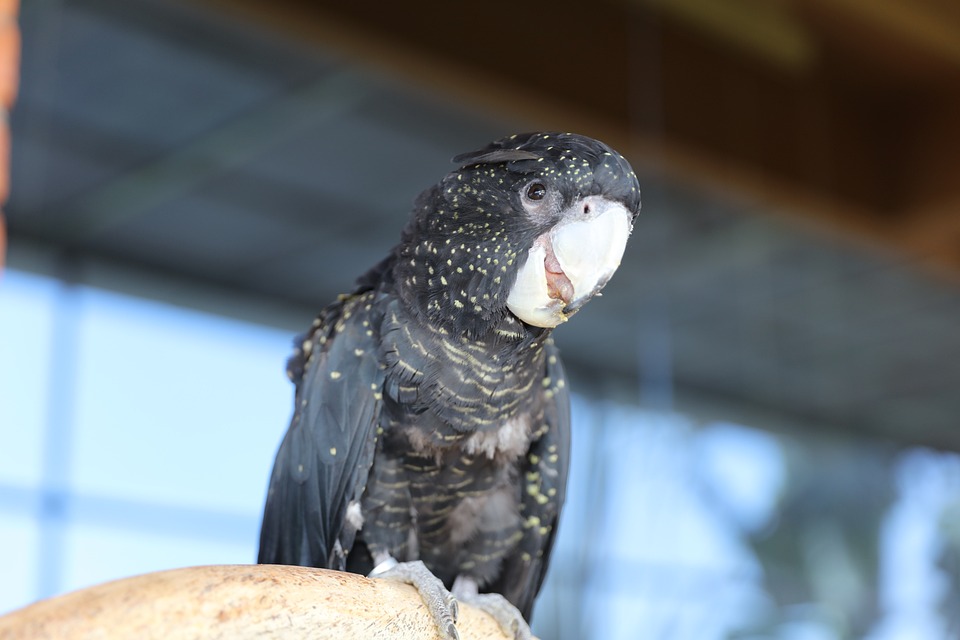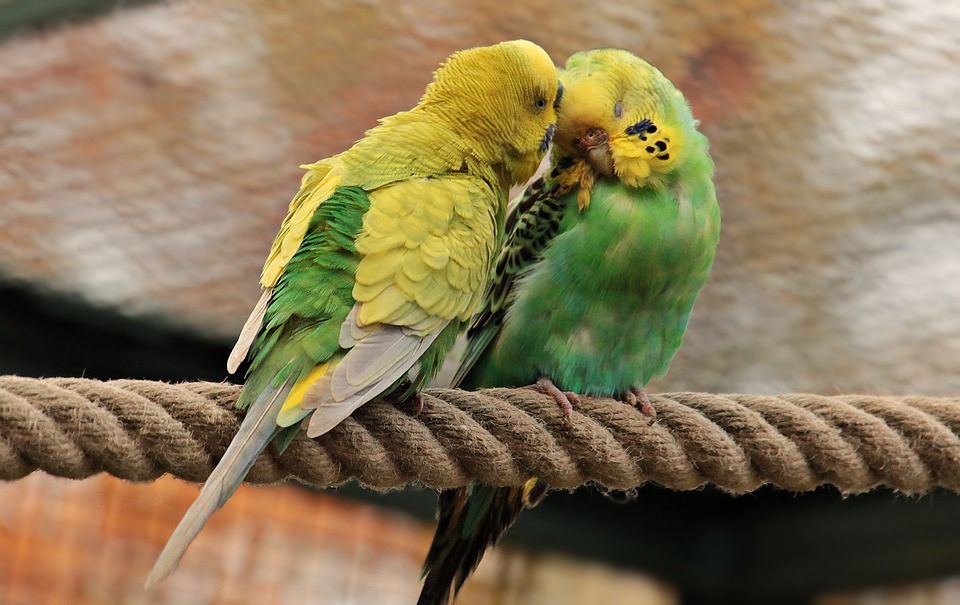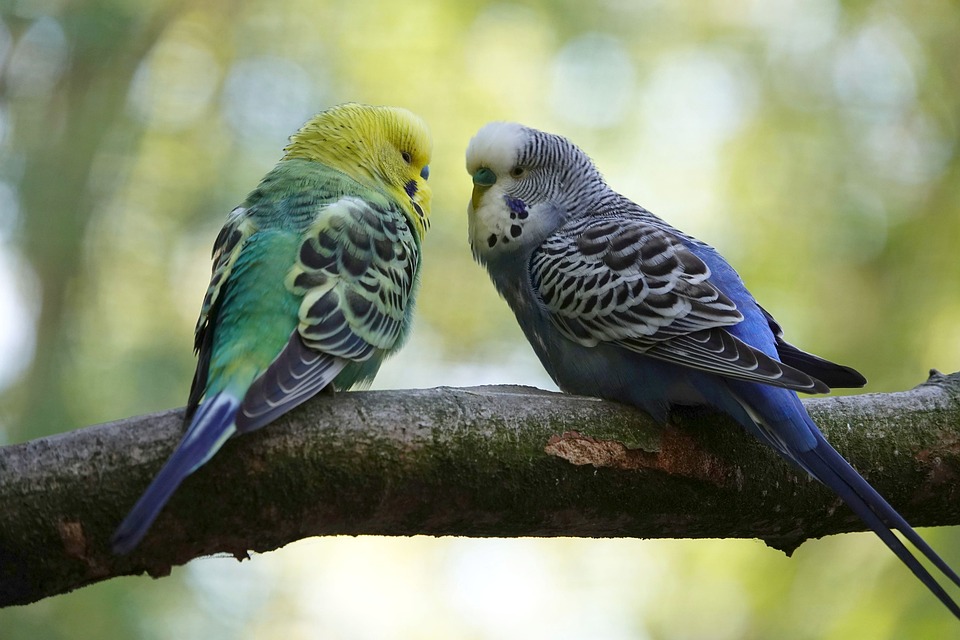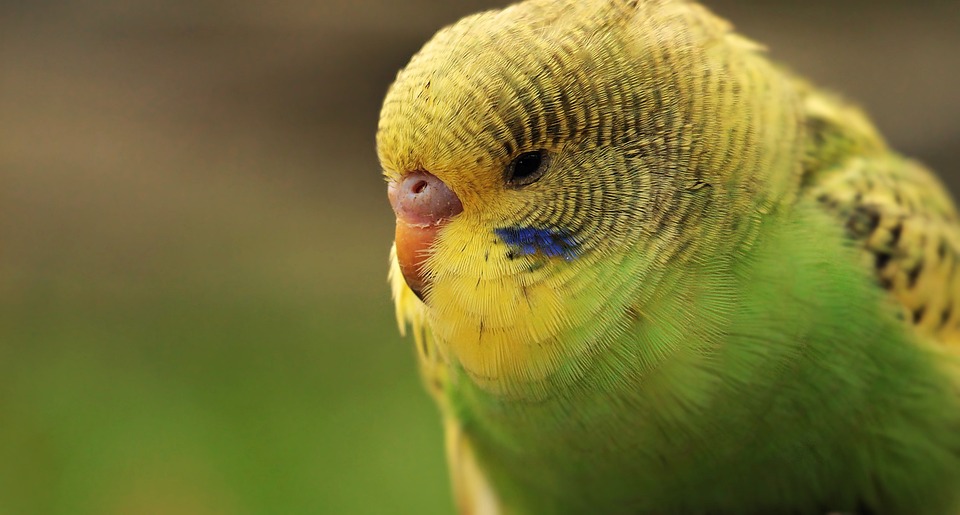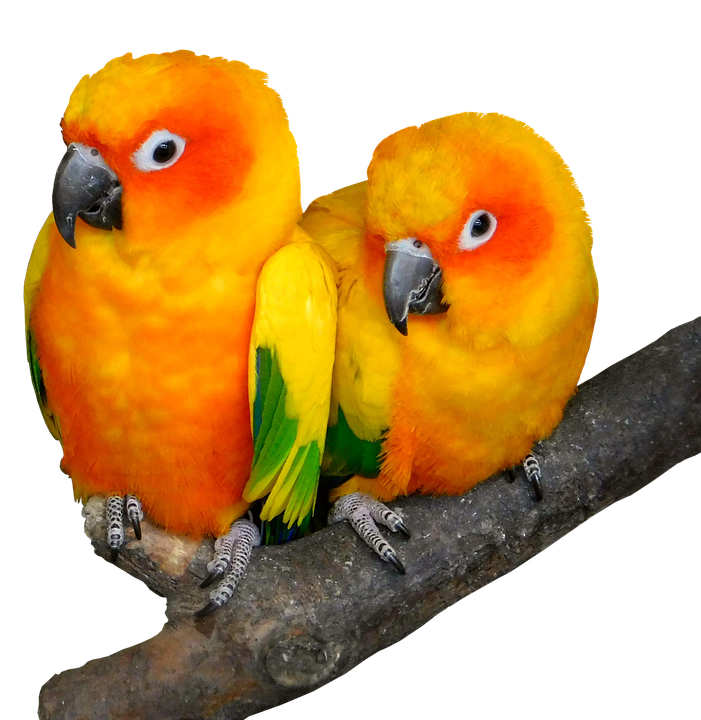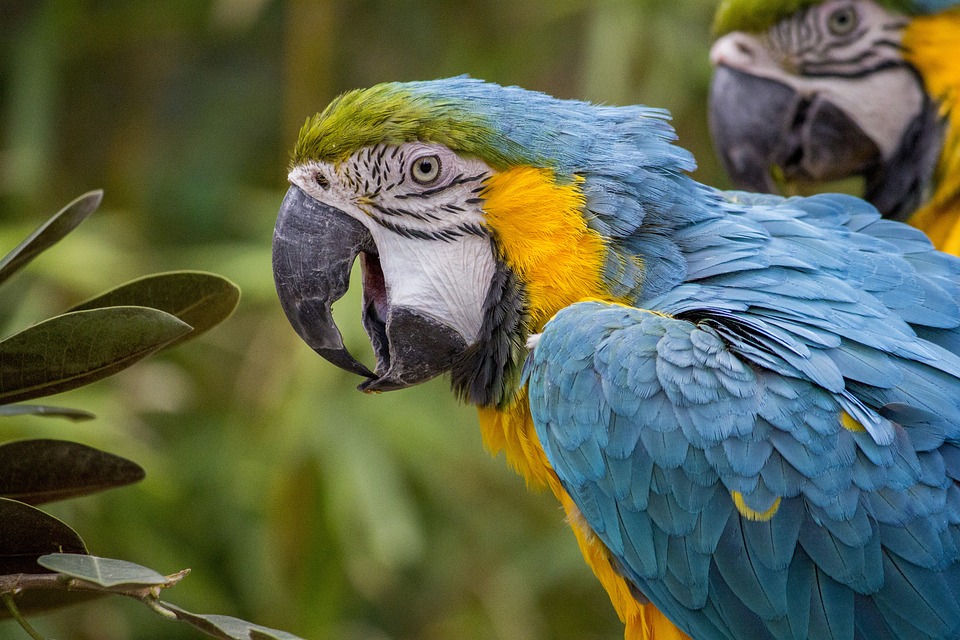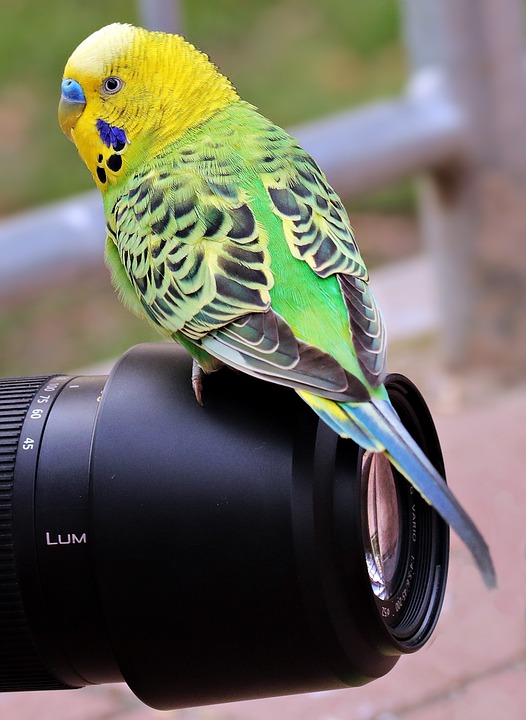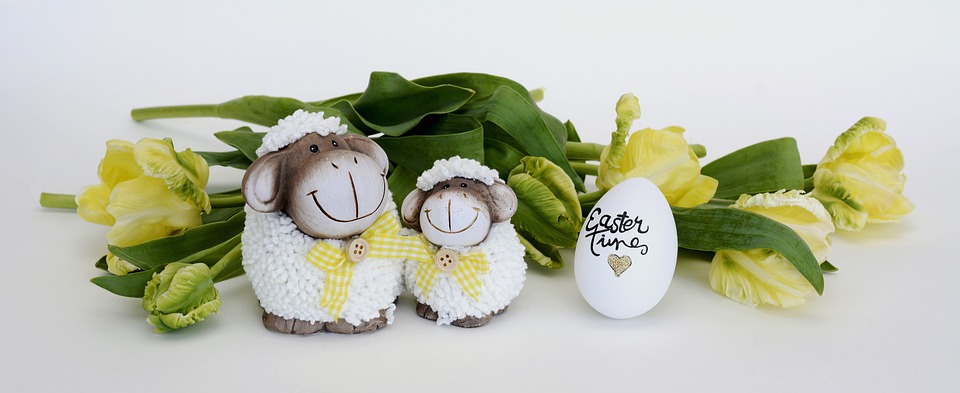Parrots are fascinating creatures known for their vibrant colors, intelligence, and unique behaviors. One behavior that many parrot owners have observed is their love for swing toys. In this article, we will delve into the reasons behind this behavior and its significance for the well-being of these delightful birds.
In the wild, parrots spend a significant amount of time perched on branches, which provide them with stability and a sense of security. Swing toys mimic the swaying motion of branches, allowing parrots to recreate a more natural perching experience. This swaying motion can be both calming and stimulating for them.
Swing toys encourage parrots to engage in physical activity, providing them with essential exercise. By gripping the swing and using their muscles to maintain balance, parrots strengthen their feet, legs, and core. This physical stimulation is crucial for their overall health and can help prevent boredom-related behaviors.
In addition to physical exercise, swing toys provide parrots with mental stimulation. The swinging motion requires them to constantly adjust their balance, improving their coordination skills. Moreover, parrots can engage in play behavior while on the swing, promoting cognitive development and keeping their minds sharp.
Parrots are highly intelligent and curious creatures that require mental and environmental enrichment to thrive. Swing toys offer both entertainment and enrichment, as they provide a new and interactive element to their surroundings. Parrots can swing, chew, and explore the various textures and materials of the toy, ensuring they stay engaged and entertained.
Now, let’s address some frequently asked questions about swing toys for parrots:
Q1: What types of swing toys are suitable for parrots?
A: Parrots enjoy a variety of swing toys, including wooden swings, rope swings, and those made from natural fibers. It’s important to choose toys that are safe, durable, and appropriate for the size of your parrot. Avoid toys with small parts or toxic materials that could pose a health risk.
Q2: How do I introduce a swing toy to my parrot?
A: Start by placing the swing toy near your parrot’s cage and observe their reaction. Some parrots may be initially hesitant, while others might show immediate interest. Gradually move the swing closer to their perching area, allowing them to explore it at their own pace. Positive reinforcement, such as offering treats or verbal praise when they interact with the swing, can also help encourage their interest.
Q3: How often should I replace a parrot’s swing toy?
A: The lifespan of a swing toy varies depending on the material and the intensity of your parrot’s play. Inspect the toy regularly for any signs of wear or damage. If the toy becomes frayed, shows signs of weakness, or poses a safety risk, replace it immediately. It’s always a good idea to have a few different swing toys on rotation to keep your parrot’s environment fresh and engaging.
In conclusion, understanding parrot behavior is essential for providing them with a nurturing and stimulating environment. Swing toys play a significant role in fulfilling their natural instincts, promoting physical exercise, mental stimulation, and overall well-being. By incorporating suitable swing toys into their habitat, parrot owners can ensure their feathered companions lead happy and fulfilling lives.

